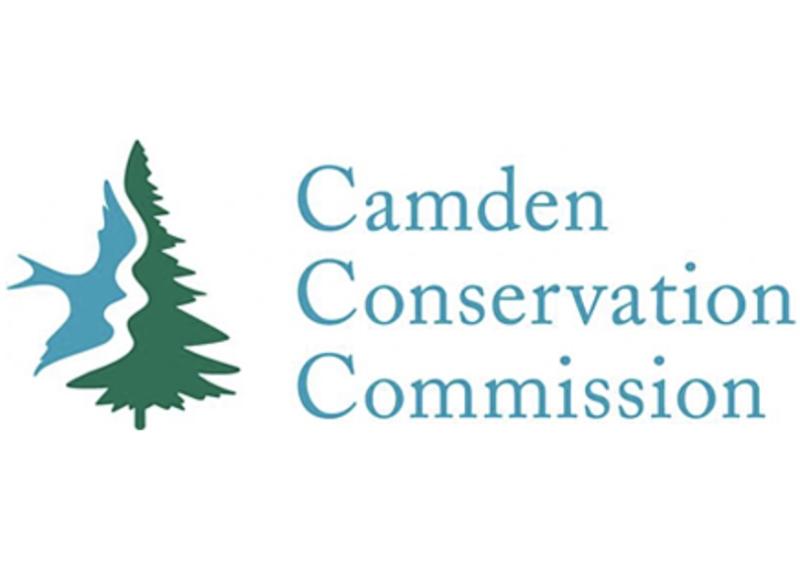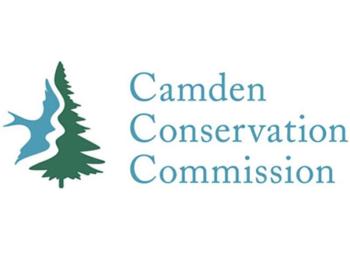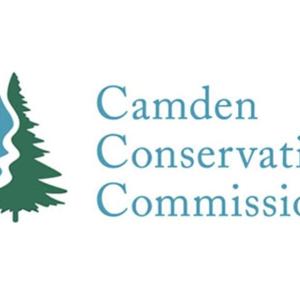Vote Yes on 7: Restore the river, protect Camden’s future
As members of the Camden Conservation Commission, we urge our fellow residents to vote Yes on Question 7 on June 10—to approve the removal of the Montgomery Dam and invest in a healthier, more resilient future for Camden.
In February, we unanimously supported the Megunticook River Citizens Advisory Committee’s (MRCAC) recommendation for full dam removal. This decision came after their two years of thorough research and transparent public engagement. As Camden’s advisory body on environmental and conservation issues, we believe this path forward honors our natural resources, addresses future climate risks, and uses public funds responsibly.
Environmental benefits that last
Removing the Montgomery Dam will restore the natural flow of the Megunticook River, providing immediate benefits in helping to reconnect sea-run fish like alewives and brook trout to historic spawning grounds. These fish are vital to our watershed’s health, supporting broader ecosystems from birds to marine species.
The dam also traps sediment and warms the water, creating conditions that degrade water quality and harm aquatic life. A free-flowing river will reduce stagnation, improve oxygenation, and support cold-water species that belong here.
A smarter response to climate change
The Montgomery Dam contributes to flooding risks, especially as storms intensify with climate change. Removing the dam will lower water levels upstream and restore natural drainage patterns, making our infrastructure more resilient to extreme weather events.
Maintaining outdated infrastructure that increases climate vulnerability is no longer a sustainable option. Dam removal is a forward-looking, proactive step to protect Camden in the decades to come.
Financially responsible
Ongoing maintenance and repairs for the Montgomery Dam carry high costs—burdens that fall on local taxpayers. In contrast, dam removal is the most cost-effective option over time and is eligible for significant federal and state grants. These grants support ecological restoration and climate resilience—but they are not available if the dam stays.
A “Yes” vote opens doors to funding that can also help improve other dams and infrastructure along the river. It’s a practical investment with long-term savings and wide-reaching benefits.
Respecting History, Embracing NatureWe recognize the Montgomery Dam’s place in Camden’s industrial history. But honoring the past does not mean preserving obsolete infrastructure at environmental and financial expense.
Interpretive signage, historic markers, and public art can preserve the dam’s story while allowing the river to be restored to a more natural state.
Removing the dam will not alter the volume of water that flows, it will bring natural beauty and access to Harbor Park and the riverfront—aligning with Frederick Law Olmsted’s vision of connecting people with nature in thoughtful, ecologically sensitive ways.
Broad community engagement and support
MRCAC’s recommendation is rooted in deep public engagement: 28 public meetings, expert presentations, surveys, tabling, and conversations with hundreds of residents. The process has been open and inclusive, and many local organizations, including the Camden Public Library Trustees, have voiced their support.
The facts remain clear: dam removal improves river health, lowers long-term costs, and helps Camden adapt to future challenges.
Let’s Do What’s Right—for Camden, and for the River
This is a rare chance to reconnect a river to the sea, reduce flood risk, improve water quality, and enhance our town’s natural beauty. A “Yes” vote on 7 reflects Camden’s values—caring for our environment, investing in resilience, and acting with foresight.
Let’s embrace this opportunity together.
Sincerely,
The Camden Conservation Commission
Brian Lightbody, Co-Chair
Barbara Ohland, Co-Chair
Rebecca Jacobs
Samantha Mortlock
Samantha Sharff
Cynthia Stancioff
Stephen Vondell


























